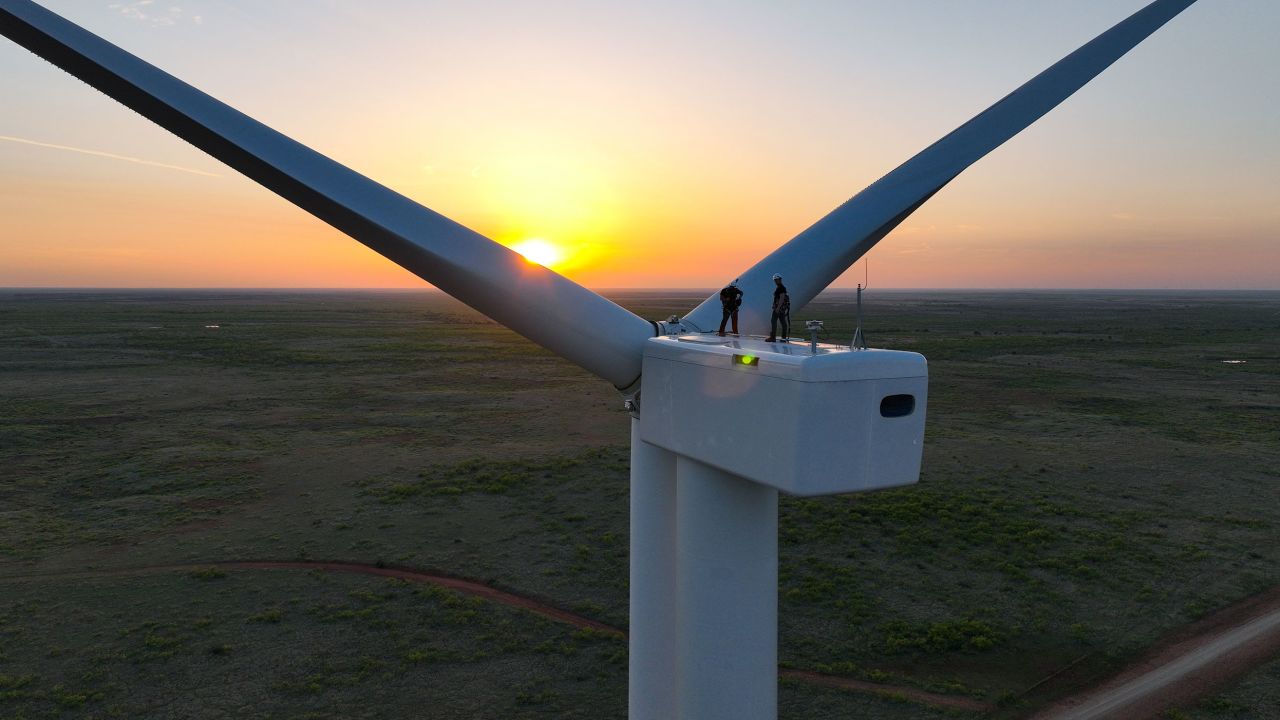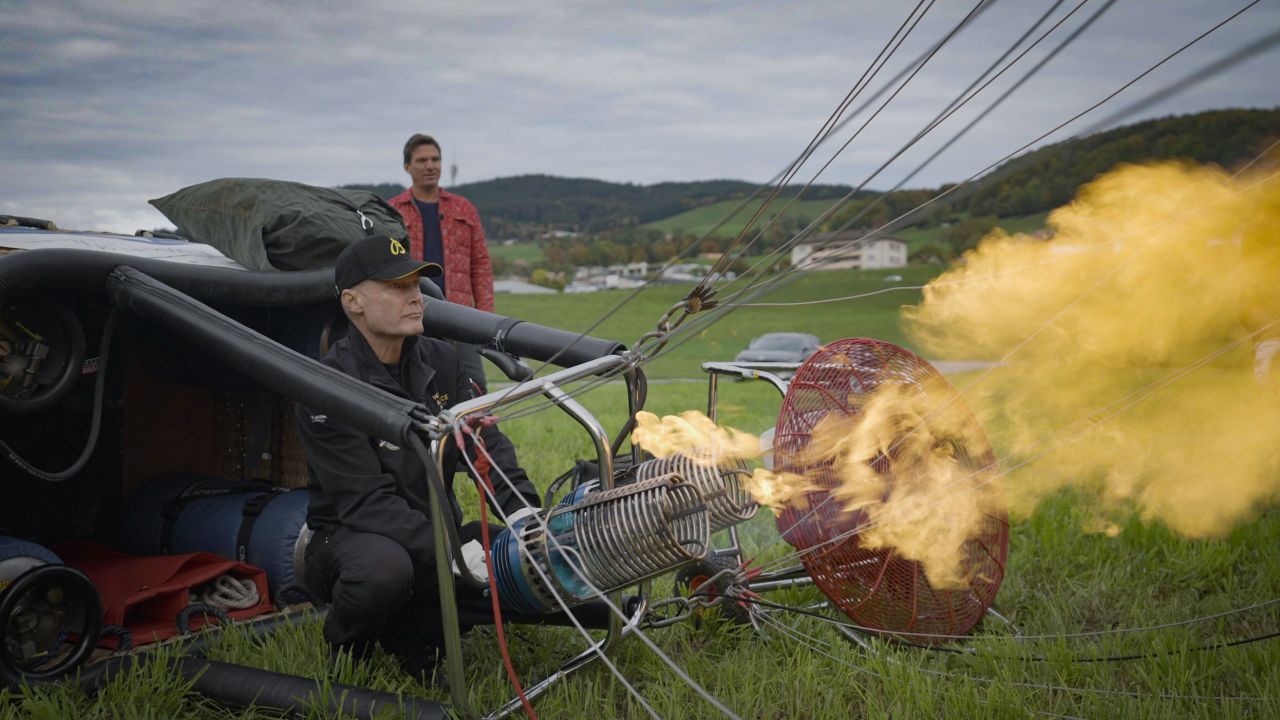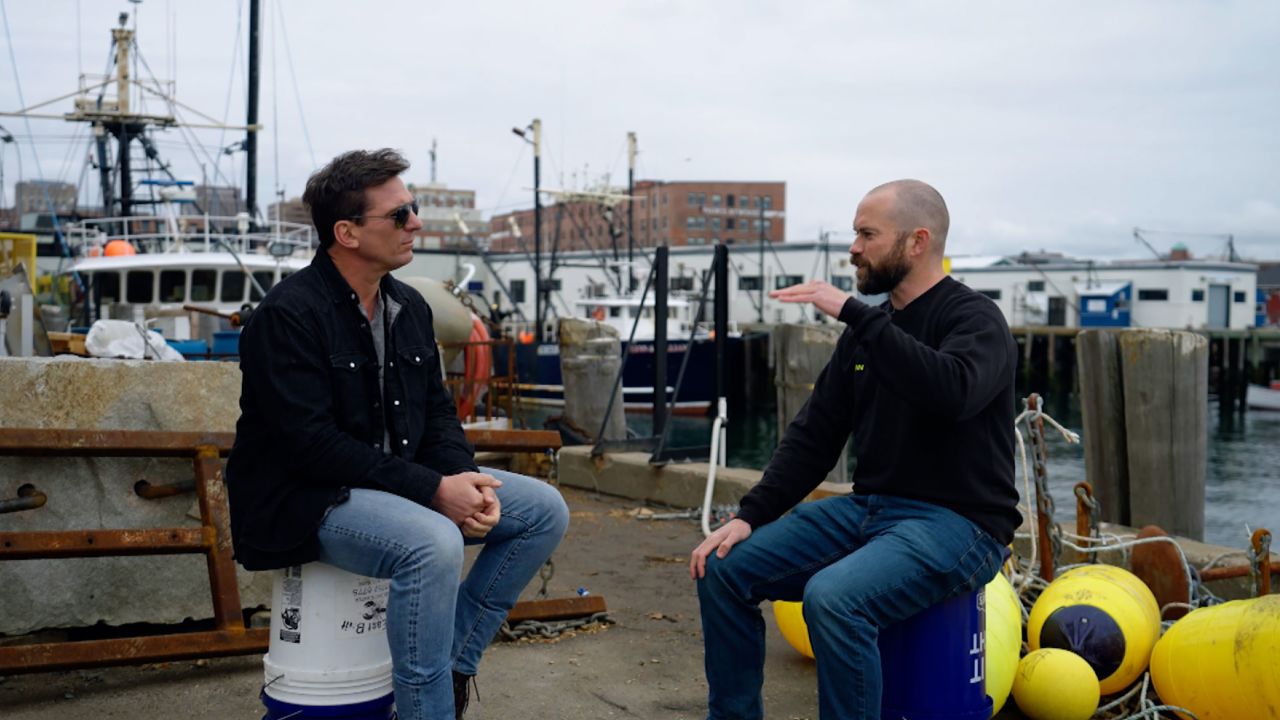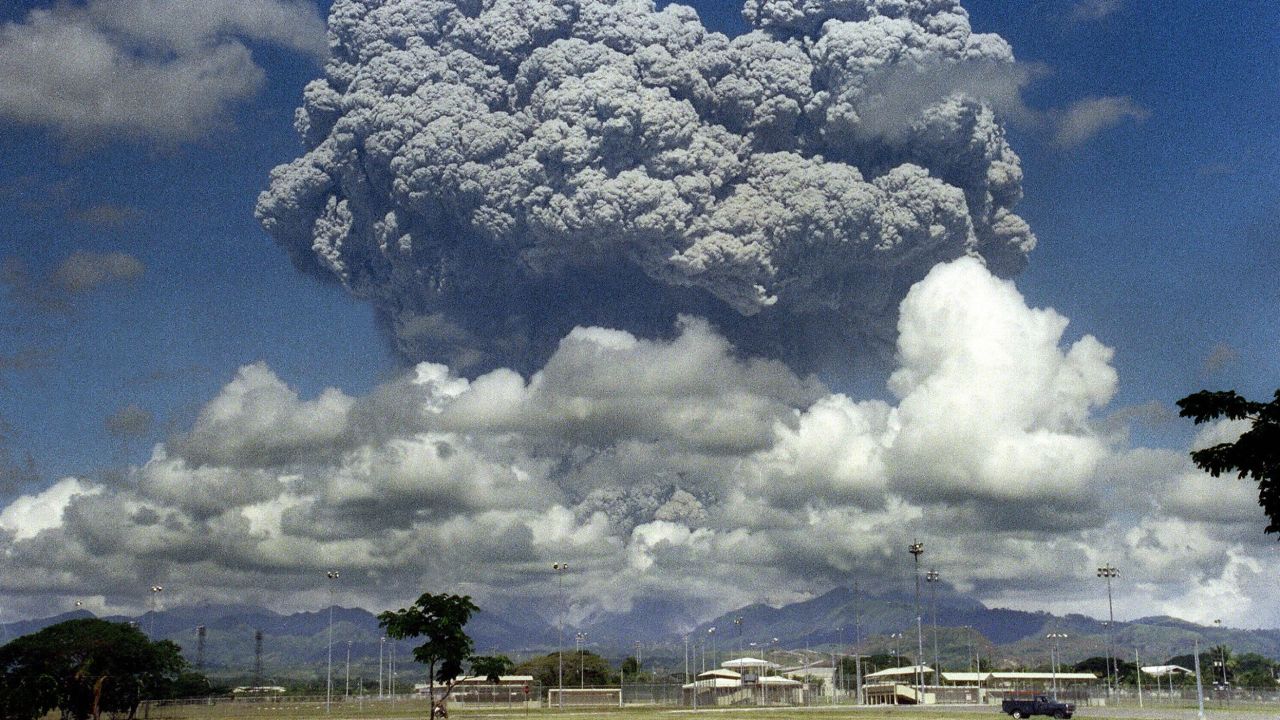begin quote from:
https://www.cnn.com/2023/04/23/us/climate-crisis-earth-day-weir-letter/index.html
To my son, born in the climate crisis: I see signs of hope
Programming note: This is Bill Weir’s third letter for CNN to his young son. The first looked at the twin crises of Covid and climate change as River was born; the second introduced him to Earth Day and what he could do. Watch Weir investigate “How to Unscrew a Planet,” on CNN’s “The Whole Story with Anderson Cooper,” Sunday at 8 p.m. ET.
Dear River,
You’ve only been around for three Earth Days, but your tiny lifetime has been a hell of a ride, kid.
As a member of Generation Alpha (Good name! Hopeful.) I like to think you’ll read these letters with intent as you turn 30 in 2050. By then, you’ll know what became of the American experiment in the Age of Unreason and how fast the weather became unrecognizable.
Since your last birthday, I watched the most expensive storm in Florida history upend lives down to the littlest, while out West, the hydrology has gone bonkers, with not enough water here and too much over there and no real plan on how to divvy it up among people who want lawns in the desert.
While the American electricity made by clean sources surpassed coal-fired power for the first time, a Russian-led ground war in Europe set up a world where Saudi oil company Aramco made the second-highest annual profit in the history of humanity, just behind (checks notes) Saudi Aramco.

If that’s not enough to make a new Old Dad stare in the middle distance, the nation of your birth has also been torn apart by $787,500,000 worth of lies without apology and conspiracy theories around every corner. The leading cause of childhood death is now a bullet – or usually several at once – and some nights, the only thought that brings me peace is that you are half-Canadian.
But one thing I’ve learned as the first Chief Climate Correspondent on American television, when your beat is a “hyperobject” – a phenomenon so vast it exceeds human comprehension – one of the upsides is that you can choose to squint at it from an infinite number of angles on any given day.
I spent the first couple years on this beat obsessing over the dark side of the human triptych in our real-life version of “The Garden of Earthly Delights,” while occasionally sneering at all the freaky human decadence causing our downfall in the middle – what Hieronymus Bosch called “Humankind Before the Flood.”

But my mental health improved when I decided to spend more time between disasters over in the panel of goodness and light. One wild penguin colony or sustainable neighborhood at a time, I’m trying to balance out the firehose of peer-reviewed dread by focusing less on Life As We Blew It and more on Life As We Know It Could Be.
Every week, I get pitched a world with airships hauling clean fuel instead of diesel tractor trailers, and sting ray-shaped robots that sink seaweed to bury carbon instead of factory-fishing trawlers that clear-cut the sea. Your buses could bring you to school on sunlight and then help power your classrooms after dark. The world’s most abundant fuel source might be hydrogen made from sun and sea water, or little nuclear fusion stars in boxes filling batteries made of salt or minerals mined on the Asteroid Psyche.
All this utopian stuff is technically feasible but, as I learned filming “How To Unscrew A Planet” for CNN’s “The Whole Story,” they must also be scalable, affordable and profitable, which means our fates will be decided as much by marketers and influencers as policy makers and engineers.
In a balloon over the Alps, legendary aeronaut Bertrand Piccard described how he found over 1,400 money-making, Earth-healing start-ups and tried to convince me that the answers are all around us, if only we can think like a balloonist and “change our altitude and attitude” by dropping the ballast of wasteful ideas and dirty fuels.

But we still need dirty fuels to build all this new stuff and in your third year on Earth, we were just starting to wrap our heads around the trillion-ton problem of moving generations-worth of excess carbon out of sea and sky and back into the rock and seabed where it came from.
“We have to build the oil industry in reverse!” Marty Odlin told me, sitting on a bucket on a dock in Maine as the fisherman/scientist gave me my metaphor for a show about planet-cooking CO2.
“It’s a Godzilla,” he said. “It’s burning forests down. It’s stealing our fish. It’s devastating our crops. It’s hurting our farmers. All the stuff that’s free and fun is getting ruined. We should get mad and go kill that thing. Right?”
Marty just wanted to be a fisherman growing up, but when he realized that the Gulf of Maine was too warm and acidic for his sons to ever consider the same, he started an ocean repair company to go hunting for Carbon Godzilla. Running Tide, which uses the natural carbon-sucking power of oysters and kelp, is among the finalists for the $100 million Carbon XPRIZE, funded by Elon Musk.
Back when there were just a few Teslas on the road, I went to interview Musk in his modest garage headquarters on a side street in San Carlos, California, and I still remember the snap in my neck the first time I punched the Roadster’s pedal. But who could have known this guy would go on to launch his car into space for the LOLs, supplant GM and Toyota in profits and cause reputable news organizations to flee Twitter?

Fifteen years later, I went back to that San Carlos street, and next door to Tesla’s old garage I met the founders of Ebb Carbon, another startup in the running for Musk’s $100 million Carbon XPRIZE.
Their Model A is a machine that fixes the chemistry of water coming out of desalination plants, making the ocean less acidic while accelerating its ability to lock away carbon as bicarbonate.
“That form of storage is stable for 10,000 years in the ocean,” Ebb’s CTO Matthew Eisamen told me. “And that’s a big reason for why we’re taking this approach is that’s basically the natural way the Earth regulates CO2.”
They say their machine can capture 100 tons of Carbon Godzilla a year, at a current cost of over $1,000 a ton. “We need to get to billions of tons per year,” Eisamen said. “And we anticipate that this will, at scale, be one of the lowest cost approaches, much less than the magic $100 per ton.”
But while Ebb just received $20 million in fresh investments, they are metaphorical toddlers at the starting line of a race to build a trillion dollar decarbonization industry in less time than it takes for an ice shelf collapse. And even if they somehow reach Tesla-like growth, science warns that the world will need hundreds of Ebbs to flourish in your lifetime to beat Carbon Godzilla.
Which is why, in your third year on Earth, more people began talking in earnest about figuring out a way to turn down the sun.
“We call it climate intervention,” Kelly Wanser told me as we sat under bluebird skies and the Washington Monument. Other people call it solar radiation management or geoengineering, and while the very idea touched off a fierce scientific debate, she left life as a systems expert in Silicon Valley to convince lawmakers and CEOs that humanity may be forced to mimic the cooling power of a volcano, so we should probably start studying the stratosphere now, just in case.
Ever since the ash of the 1991 Mt. Pinatubo eruption blew into the stratosphere and cooled the planet by half a degree Celsius for more than a year, scientists have wondered if the effect could be duplicated by aircraft spraying enough sulfur dioxide or dust made of chalk or even diamonds to cool the Earth by a degree or two.

At the University of Washington, they are trying to come up with an asthma inhaler the size of an airplane to mist seawater over land and sea to advance the field of marine cloud brightening. If properly scaled, the thinking goes that you could cool the Gulf of Mexico before hurricane season, or shade the Great Barrier Reef long enough to grow stronger coral. In the United Arab Emirates, they are even using drone-borne lasers to bring rain to the desert.
But the reality is that we have no idea what works in the stratosphere, because we understand so little about the part of the sky twice as high up as our flights to Grandma’s. Chinese spy balloon scandals don’t help.
“A lot more has been invested in the technology for helping determine like what shoes you want to buy than what the climate system is going to do,” Wanser said.
In February, NOAA launched their first SABRE mission and sent pilots in space suits up to 60,000 feet above Alaska to take the first measurements of the stratosphere in decades. Their new tools will be a rare first glimpse into how the debris from wildfires, volcanoes and rocket exhaust is slowing, speeding or masking the rate of global warming.

River, your great grandparents were alive from the Wright Brothers to the Space Shuttle, but as the Earth unravels and artificial intelligence rises faster than our imaginations, their 20th century rate of changes-per-lifetime will seem as quaint as the butter churn. So far, it feels like your future will be marked in new stories to frame our wants and needs, and new tools to build Life As We Know It Could Be.
How it goes will depend on the wisdom and intent of the people wielding them, and how fast we grow or shrink Carbon Godzilla.
Does this fill your Old Man with more wonder or worry?
Depends on the day.
No comments:
Post a Comment